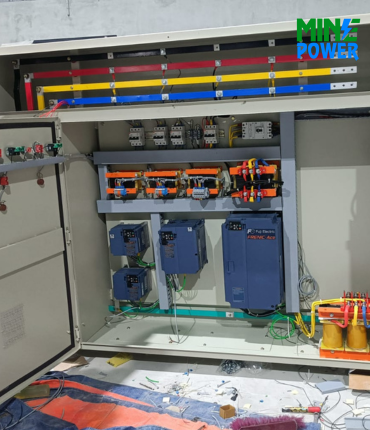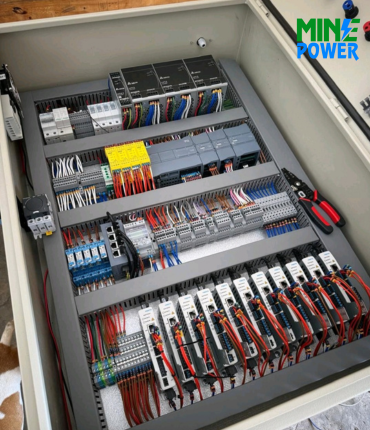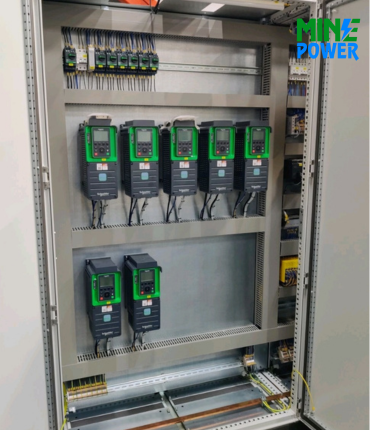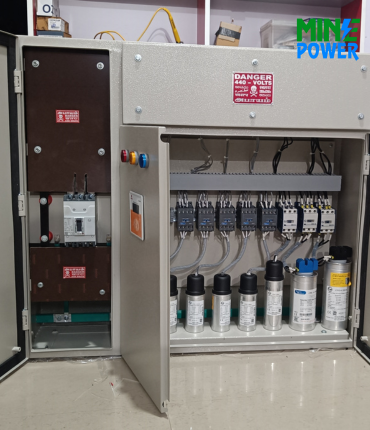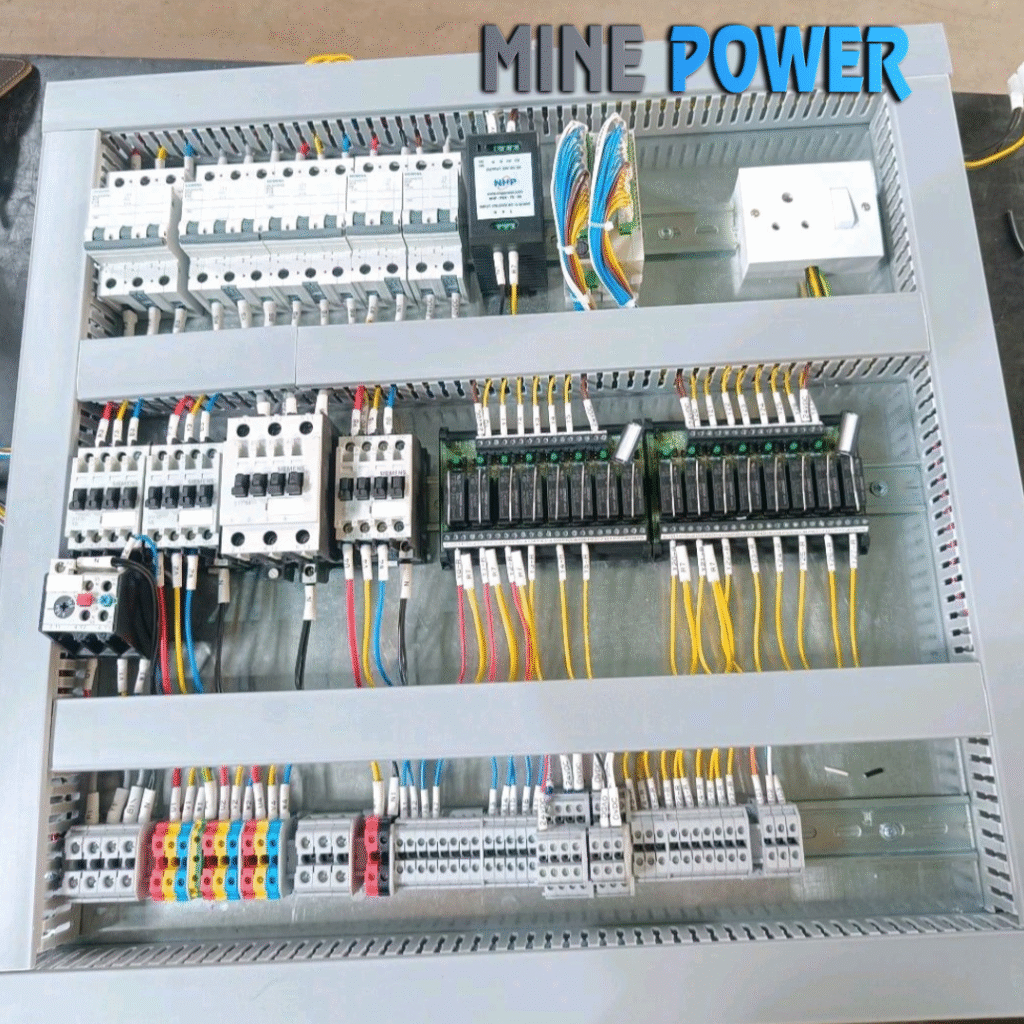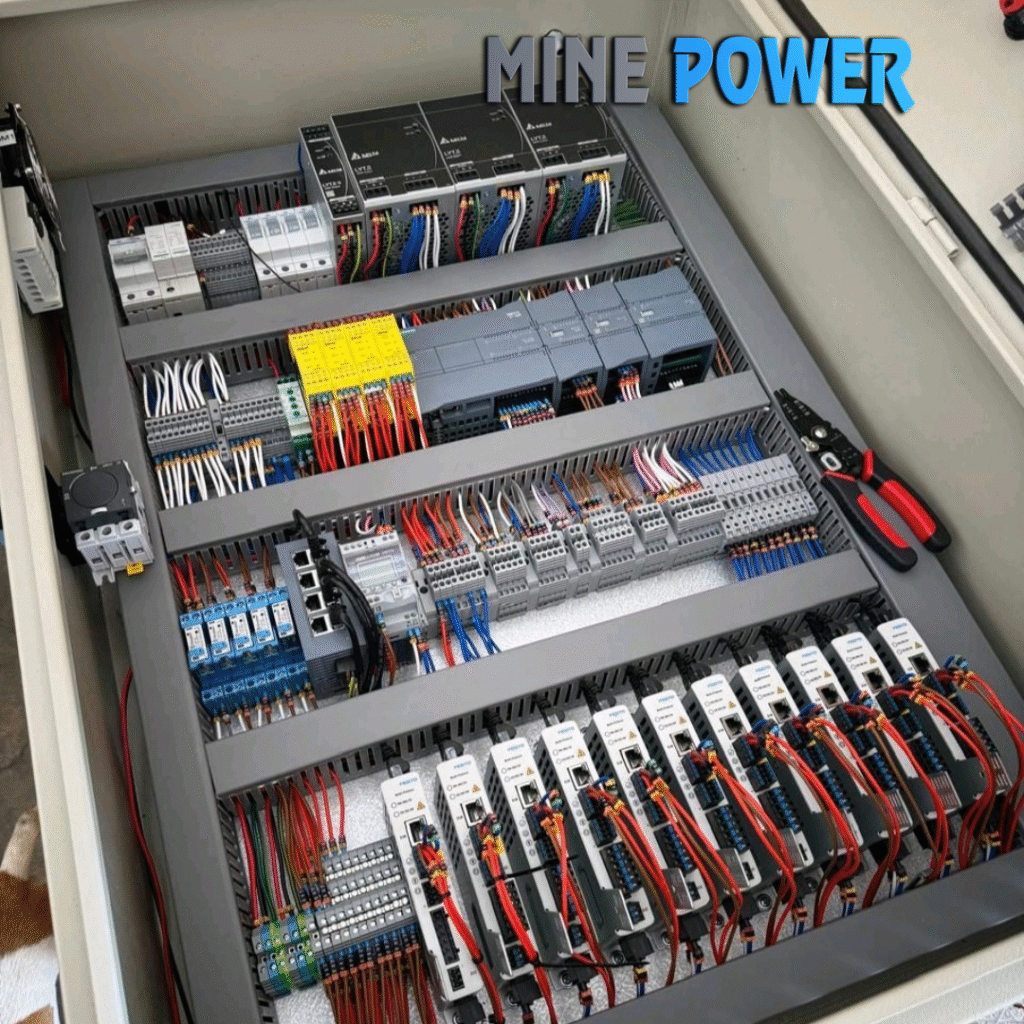Wires are conductive materials, usually made of copper or aluminum, used to carry electric current from one point to another. They are often insulated with plastic or rubber to prevent electric shocks, short circuits, and damage. Wires come in various types, sizes, and colors depending on their application, such as power transmission, electronics, or communication.
Description
Wires are single electrical conductors, typically made of copper or aluminum, insulated with PVC, XLPE, or other materials. They are used to carry current or signals in electrical and electronic systems. Unlike cables (which may contain multiple conductors), a wire generally refers to a single conductor—solid or stranded.
Specifications
-
Conductor Material: Copper / Aluminum
-
Conductor Type: Solid, Stranded, Flexible
-
Sizes (Cross-section): 0.5 sq.mm to 1000 sq.mm
-
Insulation Types: PVC, XLPE, FR (Flame Retardant), FRLS (Flame Retardant Low Smoke), HRFR (Heat Resistant Flame Retardant), PTFE
-
Voltage Rating: 110 V to 1.1 kV (LV Wires)
-
Color Coding: Red, Yellow, Blue (phase); Black (neutral); Green (earth)
Types of Wires
-
House Wires – Flexible copper wires with PVC/FR insulation for domestic use
-
Industrial Wires – XLPE/FRLS for factories, plants, and heavy loads
-
Automotive Wires – Heat and oil-resistant, used in vehicles
-
Solar Wires – UV and weather resistant, DC-rated
-
Control & Signal Wires – Used in automation and instrumentation
Features
-
High conductivity (copper/aluminum)
-
Flame retardant & low smoke options
-
Flexible and easy to install
-
Heat, moisture, and chemical resistance (depending on insulation type)
-
Wide range of sizes and colors
Applications
-
Domestic wiring (lighting, fans, sockets)
-
Industrial power distribution
-
Automobiles and EVs
-
Solar plants (PV wiring)
-
Instrumentation and automation systems
Advantages
-
Simple, cost-effective conductor
-
Easy installation and maintenance
-
Available in flexible/rigid forms
-
Wide variety for different needs
Disadvantages
-
Susceptible to mechanical damage if not properly insulated
-
Voltage drop over long distances (requires proper sizing)
-
Needs correct derating in high ambient temperatures





